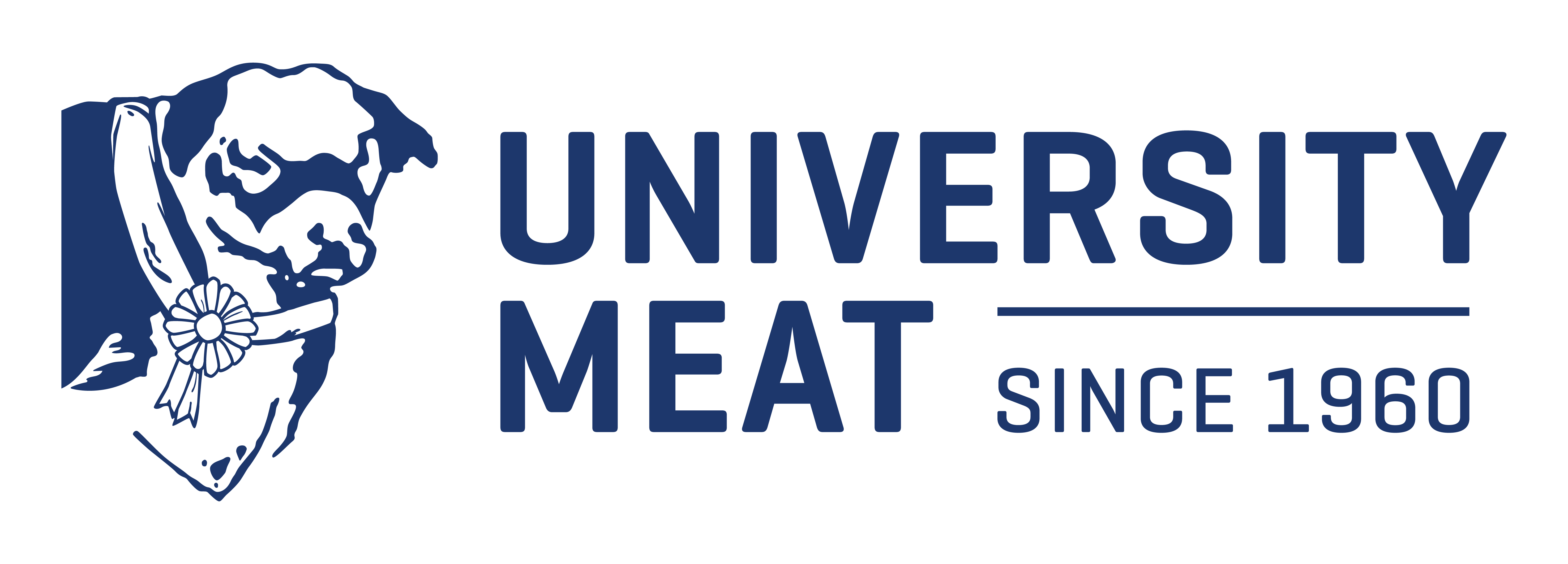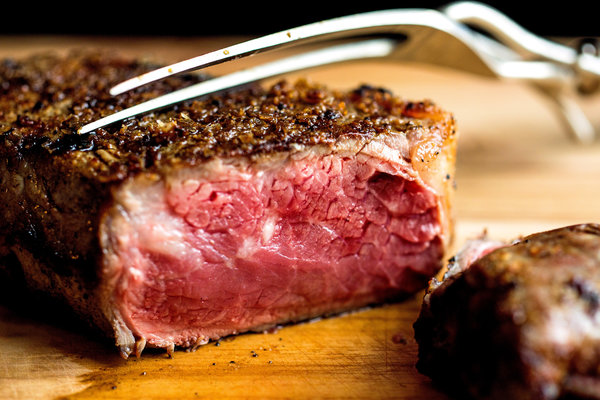Nutrition Spotlights By Dietitians
Australians have a long history of including meat as a staple part of their diets, but changing health advice and growing sustainability concerns mean many families are rethinking how much they consume. According to the Australian Bureau of Statistics, national meat consumption has been steadily declining over the past decade, particularly among younger generations. Yet, dietitians emphasise that lean red meat continues to play an important role across the life cycle, delivering essential nutrients that can be difficult to obtain in adequate amounts from plant-based foods alone (Eat for Health, NHMRC).
For parents, the nutritional benefits of red meat for toddlers Australia include supplying highly bioavailable iron and zinc at a time when children’s own stores begin to decline around six months of age. For women, particularly during pregnancy, meeting increased iron requirements is a challenge. Including lean red meat in the diet remains one of the most effective ways to achieve recommended levels, with dietitians often highlighting the importance of iron intake during pregnancy Australia as part of prenatal nutrition planning.
At the other end of the spectrum, older Australians face risks of muscle loss and frailty. Ensuring sufficient high-quality protein – often from lean beef, lamb, or pork – helps maintain muscle strength and independence in later life. That is why experts continue to highlight the relevance of protein needs for older Australians muscle maintenance, alongside other nutrient-dense food sources.
This article spotlights how meat, when consumed in line with the Australian Dietary Guidelines, supports nutritional needs across life stages – from toddlers just beginning their food journey, to older adults looking to maintain health and vitality. Guided by the insights of accredited practising dietitians, we’ll explore where meat fits, where moderation is key, and how families can make informed choices backed by the best available science.
The Nutritional Power of Meat in Australian Diets
Meat is more than just a source of protein – it is a nutrient-dense food group that plays an important role in the Australian diet. According to the Australian Dietary Guidelines, lean red meat provides high-quality protein, iron, zinc, vitamin B12 and omega-3 fatty acids, all of which contribute to growth, energy metabolism and immune function (Eat for Health, NHMRC).
One of the standout contributions of meat is its provision of iron in a form that is more readily absorbed by the body compared to plant-based sources. This is particularly valuable for toddlers, adolescents, and women of childbearing age, who often fall short of meeting their daily iron requirements. Similarly, red meat is among the best meat sources of vitamin B12 Australian diet, a nutrient essential for red blood cell formation and neurological health. Data from the Australian Bureau of Statistics shows that vitamin B12 deficiency is more common among older Australians and those following restrictive diets, highlighting the importance of including reliable food sources such as lean beef, lamb, and pork.
Protein from meat is also considered “complete”, meaning it contains all the essential amino acids needed for muscle repair and maintenance. This is critical across the life span, from supporting rapid growth in childhood to preventing muscle loss – or sarcopenia – in older Australians. The Australian Government’s Eat for Health resources note that spreading protein intake evenly across meals, with a variety of foods including lean meat, can optimise these benefits (Better Health Channel – Victoria State Government).
In short, lean meat offers a package of nutrients that are not only highly bioavailable but also difficult to replicate in the same density through other food groups. This makes it a valuable contributor to the health and wellbeing of Australians at every age – provided it is enjoyed in moderation and balanced with other core food groups.
Infants & Toddlers (6 months–3 years)
The first few years of life are critical for growth and brain development, making nutrition especially important during this stage. Around six months of age, a baby’s iron stores begin to decline, which is why the Australian Infant Feeding Guidelines recommend introducing iron-rich foods as the first solids (NHMRC – Infant Feeding Guidelines).
Among the most valuable options are lean red meats such as beef and lamb. The nutritional benefits of red meat for toddlers Australia include its role as a rich source of haem iron – the form of iron most easily absorbed by the body – as well as zinc and high-quality protein. These nutrients are essential for supporting cognitive development, a strong immune system, and healthy muscle and bone growth.
Queensland Health highlights that toddlers require adequate iron every day, with good sources including beef, lamb, pork, and chicken. Iron from meat is absorbed up to three times more effectively than from plant-based foods (Queensland Health). For young children, dietitians often recommend offering small, tender portions of finely minced or slow-cooked meat 2–3 times per week as part of a varied diet.
Portion size is important at this stage, as toddlers have small stomachs but high nutrient requirements. Practical examples include mixing minced beef into mashed vegetables, offering slow-cooked lamb in soft finger-sized pieces, or blending chicken into purees. These approaches ensure that children receive the iron and protein they need while learning to enjoy a wide variety of textures and flavours.
By establishing healthy eating patterns early and incorporating lean meats appropriately, parents can help reduce the risk of iron deficiency anaemia, which remains one of the most common nutritional issues among Australian toddlers and young children (Better Health Channel – Victoria State Government).
Adolescents & Teenagers
Adolescence is a period of rapid growth and development, placing heightened demands on nutrition. Teenagers require more energy, protein, vitamins, and minerals to support physical growth, hormonal changes, and increased activity levels. Iron and zinc are particularly important during this life stage, yet national surveys show many Australian teens are not meeting their daily requirements.
The 2011–12 Australian Health Survey found that one in four adolescent girls had inadequate iron intake, with iron deficiency being a leading cause of fatigue and reduced concentration at school (Australian Bureau of Statistics). This highlights the importance of incorporating iron rich foods for teenagers Australia, such as lean beef, lamb, and kangaroo, alongside other sources like poultry and legumes. Haem iron from meat is absorbed more efficiently than plant-based iron, which makes it particularly valuable for young women who are at greater risk of deficiency due to menstruation.
Zinc is another essential nutrient during adolescence, supporting immune health, sexual development, and wound healing. Lean red meat is one of the best natural food sources of zinc, with a single serve of beef or lamb contributing significantly to daily needs. For teenage boys, who often experience rapid muscle growth, the complete protein in meat also helps build and repair muscle tissue while supporting overall energy levels.
Dietitians recommend that adolescents aim to include lean meats 3–4 times per week, with serving sizes adjusted to activity level and appetite. Options such as lean beef stir-fries, lamb wraps, or grilled chicken sandwiches can be quick, nutrient-dense meals that suit busy school and sporting schedules.
Encouraging healthy eating habits during the teenage years not only helps meet immediate nutritional demands but also sets the foundation for long-term well-being. Balancing lean meat with plenty of vegetables, wholegrains, and dairy ensures teenagers develop a diet that supports both academic performance and physical health.
Adults & Active Lifestyles
For adults, maintaining a balanced diet is vital for energy, productivity, and long-term health. Those leading active lifestyles — whether through sport, gym training, or physically demanding jobs — often require higher amounts of protein to support muscle recovery and repair. While many Australians are aware of the importance of protein, the quality and type of protein consumed makes a significant difference.
Lean red meats such as beef, lamb, and kangaroo are among the most effective lean protein sources for muscle recovery Australia, providing complete proteins that contain all nine essential amino acids. Unlike some plant-based proteins, the amino acid profile in meat closely matches the body’s needs for muscle synthesis, making it particularly valuable for post-exercise meals.
Research from the Australian Institute of Sport notes that athletes benefit from consuming 20–30 grams of high-quality protein within two hours after training to optimise muscle repair (Australian Institute of Sport). A standard 100g serving of lean beef or lamb typically provides around 25–30g of protein, along with iron and zinc, which further support oxygen transport and immune resilience.
Beyond sport, lean meat is also beneficial for everyday adults seeking sustained energy. The combination of protein, iron, and B vitamins found in meat helps prevent fatigue and supports concentration, making it a practical dietary choice for busy professionals. Kangaroo, in particular, is recognised as one of the leanest meats available in Australia, containing less than 2% fat while remaining high in protein and minerals (Meat & Livestock Australia).
Practical options include lean beef steak with roasted vegetables, lamb cutlets paired with wholegrain couscous, or kangaroo stir-fry served with colourful seasonal produce. These meals are not only nutrient-dense but also align with the Australian Dietary Guidelines, which recommend up to 455g of cooked lean red meat per week for adults (Eat for Health – Australian Government).
By prioritising lean meat as part of a varied diet, adults can enhance muscle recovery, maintain steady energy levels, and support long-term wellbeing.
Pregnancy & Postpartum
Pregnancy and the postpartum period bring unique nutritional demands that directly affect both mother and child. During pregnancy, a woman’s body requires significantly more iron, protein, and essential vitamins to support the development of the foetus, increased blood volume, and maternal health. After birth, nutrition remains equally important, particularly for women who are breastfeeding and need extra energy and micronutrients.
One of the most common deficiencies during pregnancy in Australia is iron. According to the Australian Bureau of Statistics, around 12% of women of childbearing age have inadequate iron intake, and this number increases significantly during pregnancy due to higher requirements (ABS – Australian Health Survey). Insufficient iron levels can lead to anaemia, fatigue, and a higher risk of complications during pregnancy and birth.
For this reason, dietitians strongly recommend incorporating iron rich foods during pregnancy Australia into daily meals. Lean red meats such as beef and lamb provide haem iron, which is absorbed up to three times more efficiently than non-haem iron from plant-based sources. This makes them a cornerstone food for meeting increased iron needs. For example, 100g of cooked beef provides approximately 3mg of iron — a meaningful contribution towards the recommended 27mg daily intake for pregnant women (National Health and Medical Research Council – Nutrient Reference Values).
Beyond iron, lean meats also supply high-quality protein for tissue growth, vitamin B12 for nerve function, and zinc for immune development. During the postpartum phase, these nutrients are equally critical, supporting healing, energy production, and milk quality for breastfeeding mothers.
Practical meal options include slow-cooked beef stews, lamb and vegetable curries, or lean mince dishes combined with iron-enhancing ingredients such as tomatoes and capsicum. Pairing meat with vitamin C-rich foods like citrus or leafy greens further improves iron absorption, making meals both nutrient-dense and easy to digest.
By placing emphasis on iron-rich meats, supported by wholegrains, legumes, fruit, and vegetables, women can better meet the elevated nutritional requirements of pregnancy and postpartum recovery.
Older Adults & Healthy Ageing
As Australians age, maintaining muscle mass, strength, and bone health becomes a priority for independence and quality of life. Adequate protein, iron, and vitamin B12 intake is essential, yet research shows many older Australians fall short of meeting daily requirements.
The 2011–12 Australian Health Survey reported that people aged 71 and over often had inadequate intakes of protein and key micronutrients, increasing their risk of frailty, falls, and hospitalisation (Australian Bureau of Statistics). To address this, dietitians emphasise the importance of understanding protein needs for elderly Australia, which are higher than for younger adults due to reduced efficiency in processing and utilising protein.
Current guidelines suggest older adults should consume 1.0–1.2 grams of protein per kilogram of body weight per day, compared to 0.8g for the general adult population (National Health and Medical Research Council – Nutrient Reference Values). For someone weighing 70kg, this equates to 70–84g of protein daily. Lean red meat, poultry, and fish provide high-quality, easily digestible protein, as well as essential micronutrients such as iron, zinc, and vitamin B12, which are critical for healthy blood, cognitive function, and immune resilience.
Vitamin B12 deficiency is especially common in older adults due to reduced absorption with age. Red meat remains one of the most concentrated dietary sources of B12, helping prevent symptoms such as fatigue, memory problems, and anaemia. In addition, the haem iron in meat supports oxygen transport and reduces the risk of iron-deficiency anaemia, which can worsen frailty.
Simple, nutrient-rich meal ideas include lean beef casseroles, lamb and vegetable soups, or slow-cooked stews that are easy to chew and digest. Pairing meat with fibre-rich vegetables and wholegrains supports digestive health, while ensuring meals are both satisfying and nutrient-dense.
Meeting increased protein needs helps older Australians maintain muscle mass, mobility, and independence, while also lowering the risk of falls and age-related decline. By including lean meats as part of a balanced diet, older adults can better support healthy ageing and long-term wellbeing.
Dietitian’s Perspective
From toddlers needing their first taste of iron-rich foods, to women navigating pregnancy, athletes chasing recovery, and older adults seeking strength and independence, meat remains a vital part of nutrition across the life cycle when consumed in moderation and in line with the Australian Dietary Guidelines.
Dietitians highlight that lean red meat, poultry, and fish are nutrient-dense foods that provide high-quality protein, iron, zinc, and vitamin B12 — nutrients that are either less abundant or less bioavailable in plant-based sources. While variety in the diet is key, meat continues to hold a unique role in supporting Australians’ health across every stage of life.
As Accredited Practising Dietitian (APD) guidance emphasises, choosing lean cuts, moderating portion sizes, and balancing meals with plenty of vegetables, wholegrains, and legumes ensures meat contributes positively to long-term wellbeing. With evidence showing that nutrient shortfalls remain common in Australia — especially iron and protein among women and older adults — meat can be an important ally in bridging nutritional gaps and supporting healthy, active living.
Frequently Asked Questions (FAQs)
How much red meat should Australians eat per week?
The Australian Dietary Guidelines recommend up to 455g of cooked lean red meat per week for adults, spread across two to three meals.
Is red meat necessary for toddlers?
Yes — from around six months, toddlers need iron-rich foods. Lean red meat provides highly bioavailable iron, zinc, and protein to support growth and development.
What are the protein needs for elderly Australians?
Older adults generally need 1.0–1.2 grams of protein per kilogram of body weight per day — higher than younger adults — to maintain muscle and prevent frailty.
Is meat the only source of iron during pregnancy?
No, but haem iron from red meat is more easily absorbed than plant-based (non-haem) iron. Pairing both with vitamin C-rich foods can help meet increased iron needs.
Are lean meats better for heart health?
Yes — trimming visible fat and choosing lean cuts of beef, lamb, pork, or skinless chicken supports heart health and reduces saturated fat intake.
 © 2016 University Meat |
© 2016 University Meat |










